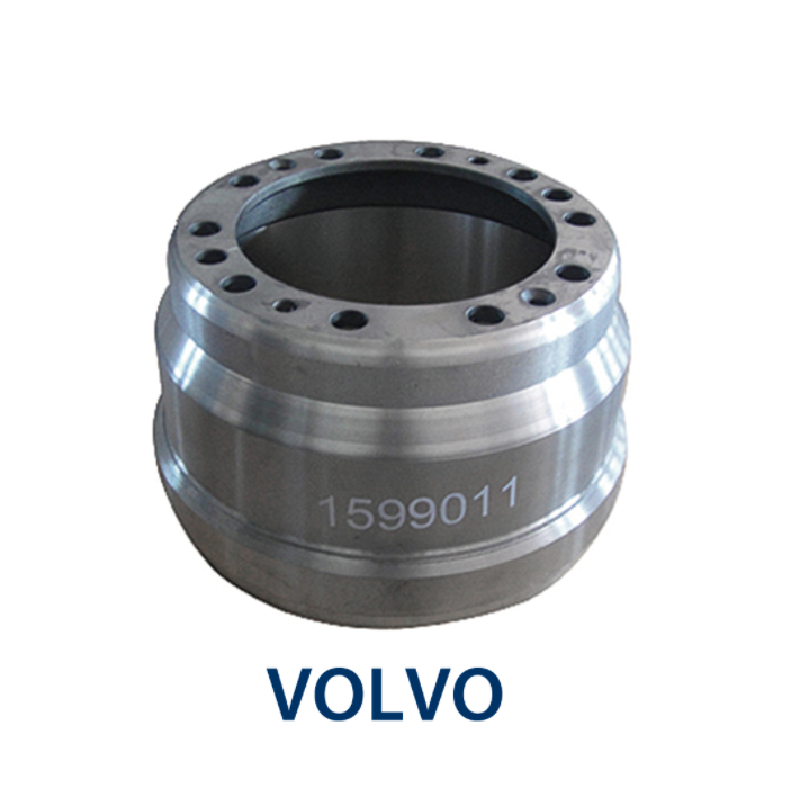Oct . 05, 2024 00:26 Back to list
brake drums or rotors
Understanding Brake Drums and Rotors Essential Components of Vehicle Safety
When it comes to vehicle maintenance, one cannot underestimate the importance of brakes. They are arguably one of the most critical components of any automobile, directly influencing safety and performance. Two of the primary types of brake components that facilitate stopping power are brake drums and rotors. Understanding their functions, differences, and maintenance needs can lead to better vehicle care and enhanced driving safety.
What Are Brake Drums and Rotors?
Brake drums and rotors serve the same purpose to halt the motion of a vehicle. However, they do so through different mechanisms.
Brake Drums Brake drums are typically used in drum brake systems. These cylindrical components are attached to the wheel hubs and rotate with them. When the driver presses the brake pedal, brake shoes inside the drum expand against the inner surface, creating friction that slows down the wheel. Drum brakes are often found on the rear wheels of many vehicles, especially older models and some smaller cars.
Brake Rotors On the other hand, brake rotors, part of disc brake systems, are flat, circular discs located near the wheel and connected to the wheel hub. When the brake pedal is pressed, brake calipers squeeze the brake pads against the rotor, generating the friction needed to stop the vehicle. Disc brakes are more commonly used in the front wheels of modern vehicles due to their superior performance and heat dissipation capabilities.
The Difference in Performance and Maintenance
brake drums or rotors

The fundamental difference between brake drums and rotors lies in their performance characteristics. Disc brakes, with their rotor design, tend to outperform drum brakes in terms of stopping power, especially under heavy braking conditions. They dissipate heat more effectively, which is crucial during prolonged or intense braking, such as during downshifts or stops on steep inclines.
Moreover, maintenance can vary significantly between the two. Brake drums can be more susceptible to fading and require adjustment due to their design. Over time, the friction materials can wear down unevenly, leading to a performance decline. In contrast, brake rotors may develop grooves and warping, which could lead to brake pulsation or noise. Routine maintenance involves checking the thickness of the rotor and replacing brake pads as necessary to maintain optimal efficiency.
Importance of Regular Inspections
Regardless of whether your vehicle uses brake drums or rotors, regular inspections are crucial for maintaining safe braking performance. Many manufactures recommend checking brake components at least once a year, or more frequently if you drive in heavy traffic, hilly areas, or frequently tow loads.
During inspections, mechanics will look for signs of wear and overheating, including discolored metal or excessive scoring. For drum brakes, they will also check the condition of the brake shoes and the operation of the brake springs. For disc brakes, the condition of the brake pads and the rotor’s surface will be thoroughly evaluated.
Conclusion
Understanding brake drums and rotors is essential for every vehicle owner. Knowing how these critical components work not only helps in making informed decisions regarding vehicle maintenance but also enhances safety on the road. Maintaining brake efficiency should never be overlooked. From routine inspections to timely replacements, keeping your brakes in top condition is vital for ensuring safe travels. Remember, your vehicle’s ability to stop effectively is just as important as its ability to accelerate. Regularly tending to your brake system is an investment in your safety and the safety of those around you. Always consult with a trusted mechanic to ensure that your braking system, whether it utilizes drums or rotors, is functioning at its best.
-
Scania Brake Drums: OEM Quality for Optimal Safety & Durability
NewsAug.16,2025
-
R.V.I: Advanced Remote Visual Inspection for Precision
NewsAug.15,2025
-
Discover HYUNDA: Innovative Vehicles, Equipment & Solutions
NewsAug.14,2025
-
R.V.I: Unlock Advanced Insights & Real-time Performance
NewsAug.13,2025
-
Kamaz Brake Drum: Durable & Reliable for Heavy Duty Trucks
NewsAug.12,2025
-
Heavy Duty Iveco Brake Drum - Premium Quality & Safety
NewsAug.11,2025
